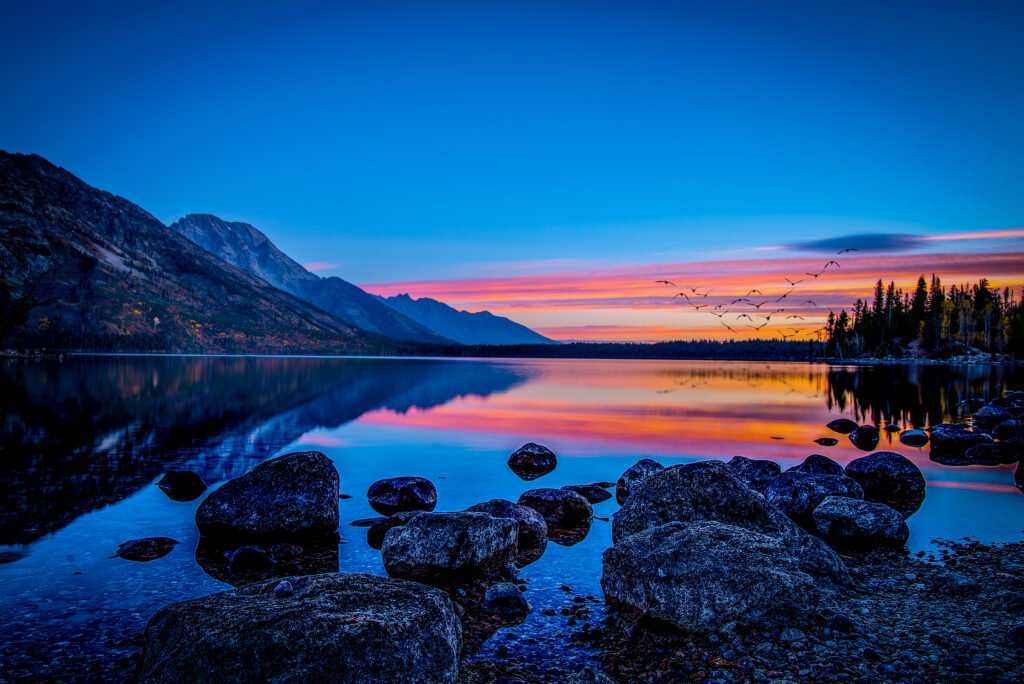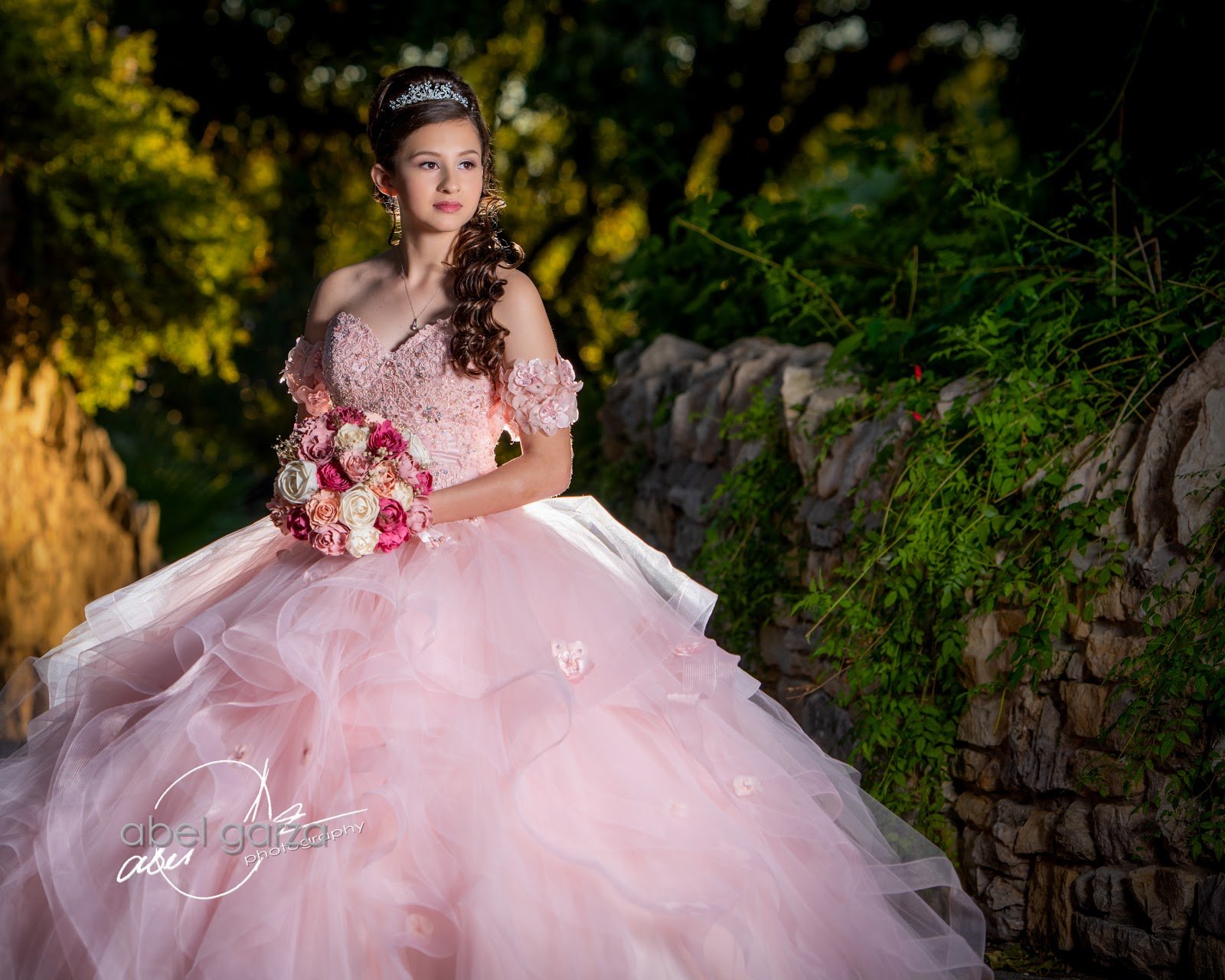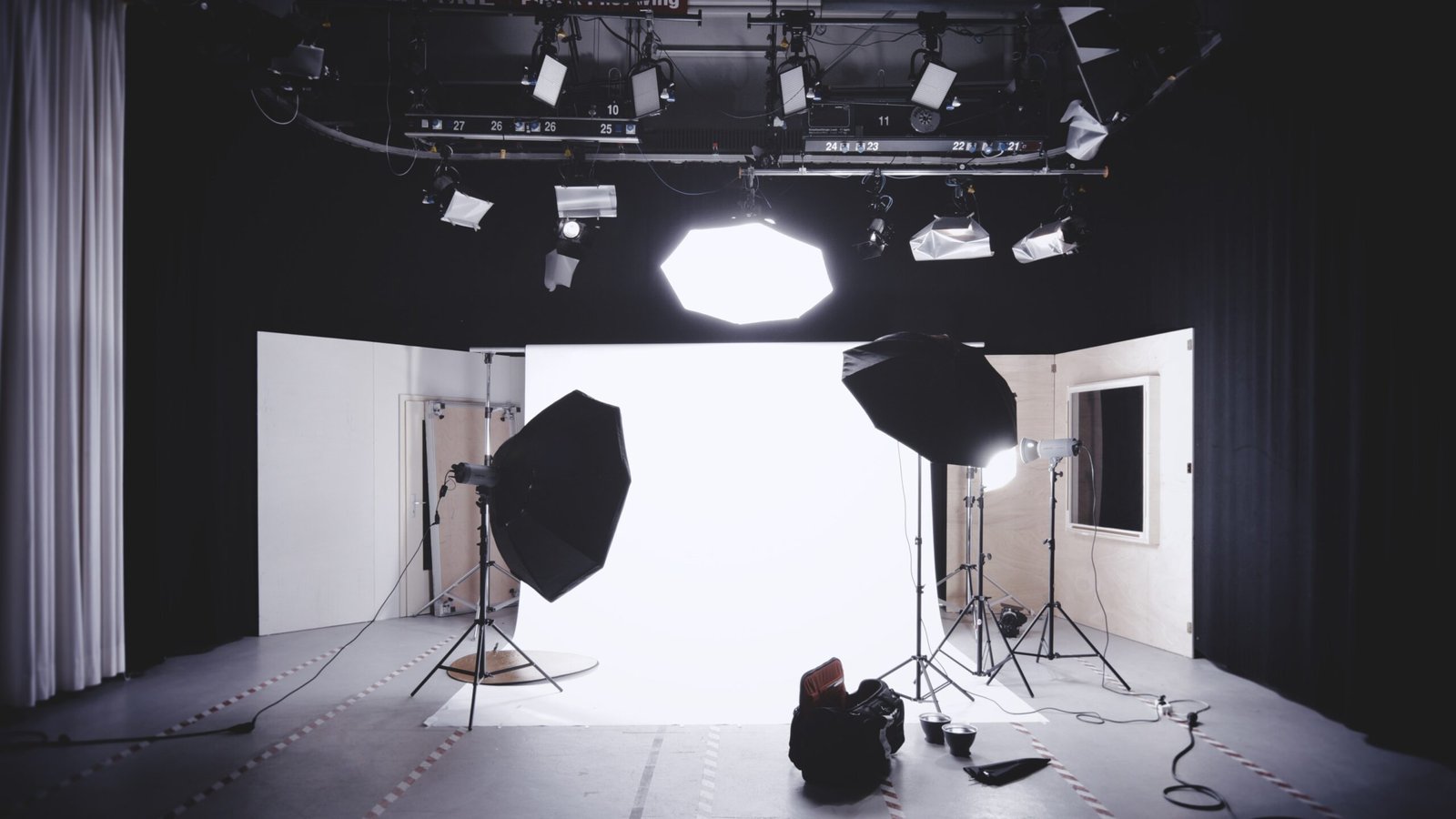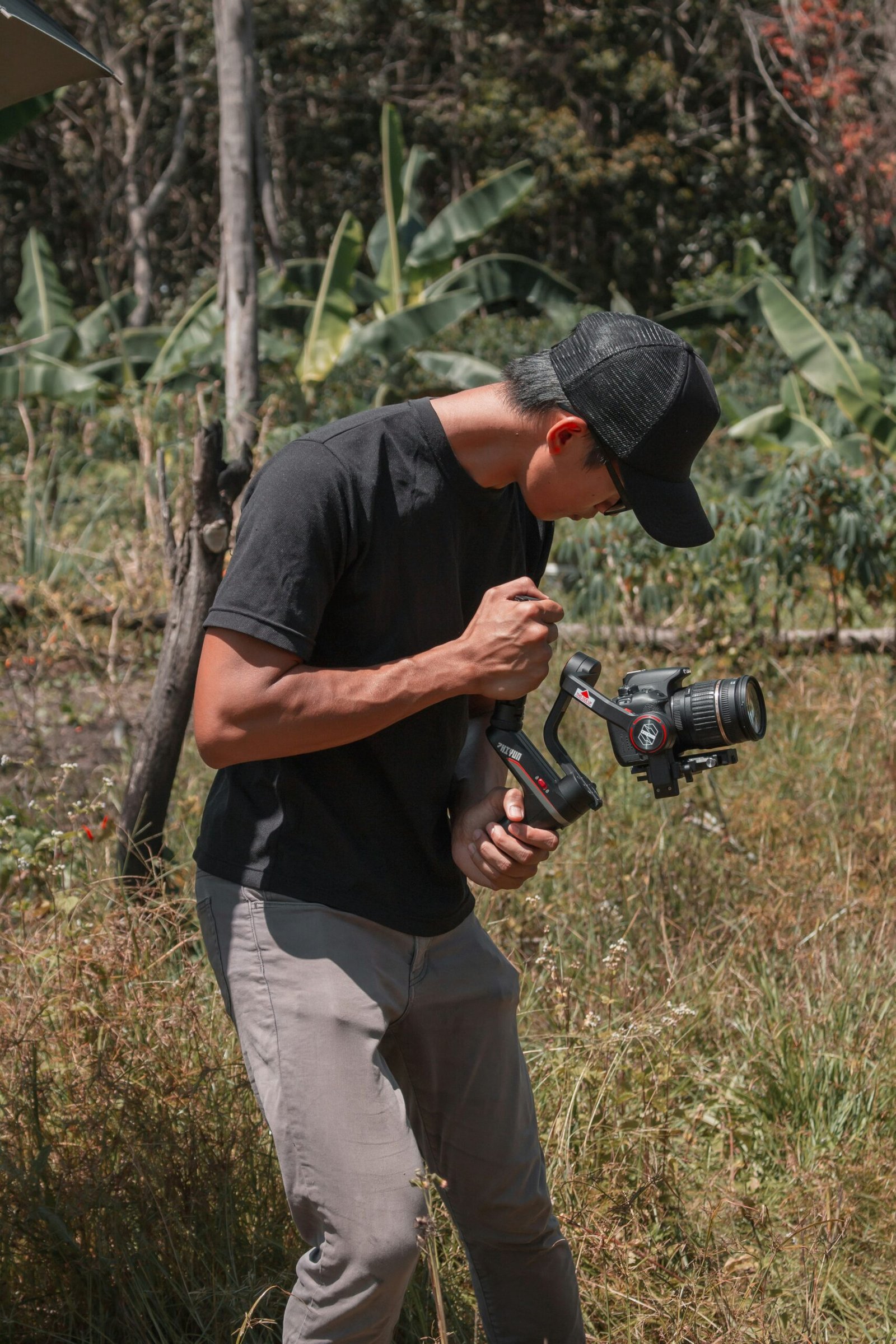Photography Basics
In today’s world, everyone with a smartphone can take pictures, but not everyone can capture a moment that tells a story. That’s where the art of photography comes in. Whether you’re an amateur or a professional, there are always ways to improve your skills and take your photos to the next level. Lucky for you, we’ve gathered tips and tricks from some of the most talented photographers in the industry. Get ready to learn their secrets and master the art of photography with us.
From Snapshots to Masterpieces: Learning Photography from the Pros
Are you tired of taking mediocre photos? Do you want to take your photography skills to the next level? Learning from professional photographers can help you achieve your goals. The pros have years of experience and knowledge that they are willing to share with beginners.
To start, invest in a good camera and learn the basics of photography such as aperture, shutter speed, and ISO. Once you have a solid foundation, experiment with different techniques such as long exposure or portrait photography. Don’t be afraid to make mistakes, as they can lead to unexpected and creative results.
Another important aspect of learning from the pros is studying their work. Look at their composition, lighting, and use of color. Analyze what makes their photos stand out and try to incorporate those elements into your own work.
Lastly, seek feedback from other photographers or join a photography community. Critique can be helpful in identifying areas for improvement and getting inspiration for new ideas. With dedication and practice, you too can go from taking snapshots to creating masterpieces.

The Art of Photography: A Comprehensive Guide for Beginners
Photography is an art form that has the power to capture moments and tell stories. For beginners, it can be overwhelming to navigate the technical aspects of cameras and lenses, but with practice and guidance, anyone can master the art of photography.
Mastering Exposure
Understanding Exposure is a crucial aspect of photography that every beginner should learn. Exposure refers to the amount of light that enters the camera and affects the brightness and darkness of an image. It is determined by three factors: aperture, shutter speed, and ISO. Learning how to balance these three elements will help you achieve properly exposed images.
Another important aspect of photography is Composition. Composition refers to how elements are arranged within a frame to create a visually appealing image. It involves considering factors such as framing, leading lines, symmetry, and balance. A well-composed photograph can evoke emotions and convey meaning beyond what words can express.

As a beginner, it’s important to experiment with different techniques and styles to find your own unique voice in photography. Don’t be afraid to make mistakes or take unconventional shots – sometimes the best photographs come from taking risks and breaking rules. With practice and patience, you’ll soon be on your way from snapshots to masterpieces with guidance from the pros.
Essential Tips and Tricks for Mastering Photography Techniques
Photography is an art that requires both technical skills and creativity. To take your photography skills to the next level, here are some essential tips and tricks:
*Understand Exposure*: Exposure is the amount of light that enters the camera sensor, and it determines how bright or dark your image will be. To master exposure, learn about aperture, shutter speed, and ISO settings.
*Use the Rule of Thirds*: The rule of thirds is a composition technique that involves dividing your image into thirds both horizontally and vertically. Place your subject at one of the intersections to create a more visually appealing image.
*Experiment with Different Perspectives*: Don’t be afraid to get low or high when taking photos. Changing your perspective can add depth and interest to your images.
*Learn about White Balance*: White balance affects the color temperature of your images. Understanding how to adjust white balance can help you capture more accurate colors in different lighting situations.
*Practice Patience*: Great photos often require patience and persistence. Take your time to find the right composition, lighting, and moment to capture an amazing shot.
By incorporating these tips into your photography practice, you’ll be on your way to creating stunning images like a pro!

Behind the Lens: Insights from Professional Photographers
Composition Techniques: How to Frame the Perfect Shot
When it comes to photography, framing is everything. It’s what turns a mundane subject into an extraordinary shot. Professional photographers know this and have developed their own composition techniques to create visually stunning images. One important technique is the rule of thirds – dividing your frame equally into thirds both vertically and horizontally, creating intersections that guide the placement of your subject. Another key approach is leading lines – utilizing natural or man-made elements in your scene as lines that lead the viewer’s eye towards the main focus point of your image. By mastering these key composition techniques, you can take great strides toward becoming a pro photographer yourself!

Lighting Secrets: Enhancing Your Photos with Natural and Artificial Light
Proper lighting is essential in creating stunning photographs, and professional photographers know how to play with both natural and artificial light to enhance their shots. When shooting outdoors, they take advantage of the golden hour – the first and last hours of sunlight during the day – for warm and soft lighting. They also use reflectors or diffusers to manipulate harsh sunlight when necessary.

Indoors, photographers use a combination of ambient light sources such as windows or lamps along with studio lights to create different moods and effects. They also experiment with shadows by using backlights or silhouettes for dramatic effect. Mastering these lighting secrets can transform your photos from ordinary snapshots to artistic masterpieces that stand out from the rest!
Gear and Equipment: Choosing the Right Tools for the Job
The right gear and equipment can make all the difference when it comes to capturing stunning photos. Professional photographers emphasize that investing in high-quality lenses, camera bodies, tripods, and lighting equipment will help you achieve the desired results. Choosing the right tools for each job is also crucial: a portrait photographer may require different equipment than a landscape or sports photographer would need. Additionally, it’s important to keep your gear clean and well-maintained for optimal performance. Don’t be afraid to experiment with new equipment and techniques – this can lead to unique perspectives and breathtaking images. Remember that it’s not just about having the latest gadgets; it’s about using them creatively to tell your story through imagery.
 Photo by Alexander Dummer
Photo by Alexander Dummer
Working with Models: Tips for Directing and Posing Subjects
When working with models, it’s important to remember that communication is key. Start by establishing a rapport with your subject and making them feel comfortable in front of the camera. Give clear directions and provide visual examples of the poses you want them to try. Encourage them to move naturally and express themselves, while also paying attention to details like hand placement and facial expressions. Don’t be afraid to experiment with different angles and lighting setups to capture the perfect shot. With practice and patience, you can turn your subjects into true works of art.
Developing Your Eye for Photography: Training Your Creative Vision
Photography is not just about capturing a moment, it’s about telling a story through images. To do this effectively, you need to train your creative vision. One way to do this is by observing your surroundings and looking for interesting subjects or compositions. Take time to study the light and shadows, the colors and textures, and how they interact with each other.
Another important aspect of developing your eye for photography is experimentation. Don’t be afraid to try new things and take risks with your shots. Play around with different angles, perspectives, and focal lengths to see what works best for the story you want to tell.
Lastly, practice is key to improving your creative vision. Take your camera with you wherever you go and challenge yourself to capture something new every day. Look at other photographers’ work for inspiration but don’t copy their style; instead, use it as a starting point to develop your own unique perspective. With time and dedication, you’ll be able to train your eye for photography and create stunning images that tell powerful stories.

The Power of Composition: Techniques for Capturing Stunning Images
Composition is the arrangement of elements within a photograph. It is a crucial aspect of photography that can make or break an image. To create visually stunning images, you need to understand the principles of composition and how to apply them.
One key principle is the rule of thirds. This involves dividing your image into thirds both horizontally and vertically, creating nine equal parts. The points where the lines intersect are where you should place your subject, creating a more balanced and visually appealing image.

Another important technique is leading lines. These are lines within your image that draw the viewer’s eye towards the subject. They can be straight or curved and can be found in natural or man-made environments.

Finally, negative space is an important aspect of composition. This refers to the empty space around your subject, which can be used to create a sense of balance and harmony within your image.
By understanding these techniques and applying them to your photography, you can create stunning images that capture the viewer’s attention and imagination.
Perfecting Your Craft: Strategies for Advancing Your Photography Skills
Advancing Your Photography Skills: Strategies for Perfecting Your Craft
Becoming a skilled photographer takes time, practice, and dedication. To advance your photography skills, it’s important to continue learning and experimenting with new techniques. One strategy is to challenge yourself by taking on new projects or trying different genres of photography. This can help you develop your style and expand your creative vision.
Another important aspect of perfecting your craft is to seek feedback from other photographers or mentors. This can help you identify areas for improvement and gain valuable insights into the industry. It’s also important to stay up-to-date with the latest technology and equipment, as this can enhance the quality of your work.
Finally, don’t be afraid to take risks and push the boundaries of traditional photography. Experiment with different angles, lighting, and editing techniques to create unique and captivating images that stand out from the crowd. With persistence and a willingness to learn, you can continue advancing your photography skills and creating stunning works of art.
In conclusion, mastering the art of photography is a journey that requires constant learning and growth. From understanding the basics to refining advanced techniques, there’s always room for improvement. Learning from professional photographers can provide invaluable insights and help you develop your own creative style. By training your eye for photography and perfecting your craft, you can capture stunning images that truly stand out as masterpieces. So go ahead and dive into the world of photography with these tips and tricks from the pros – who knows, you might just surprise yourself with what you’re capable of achieving!




